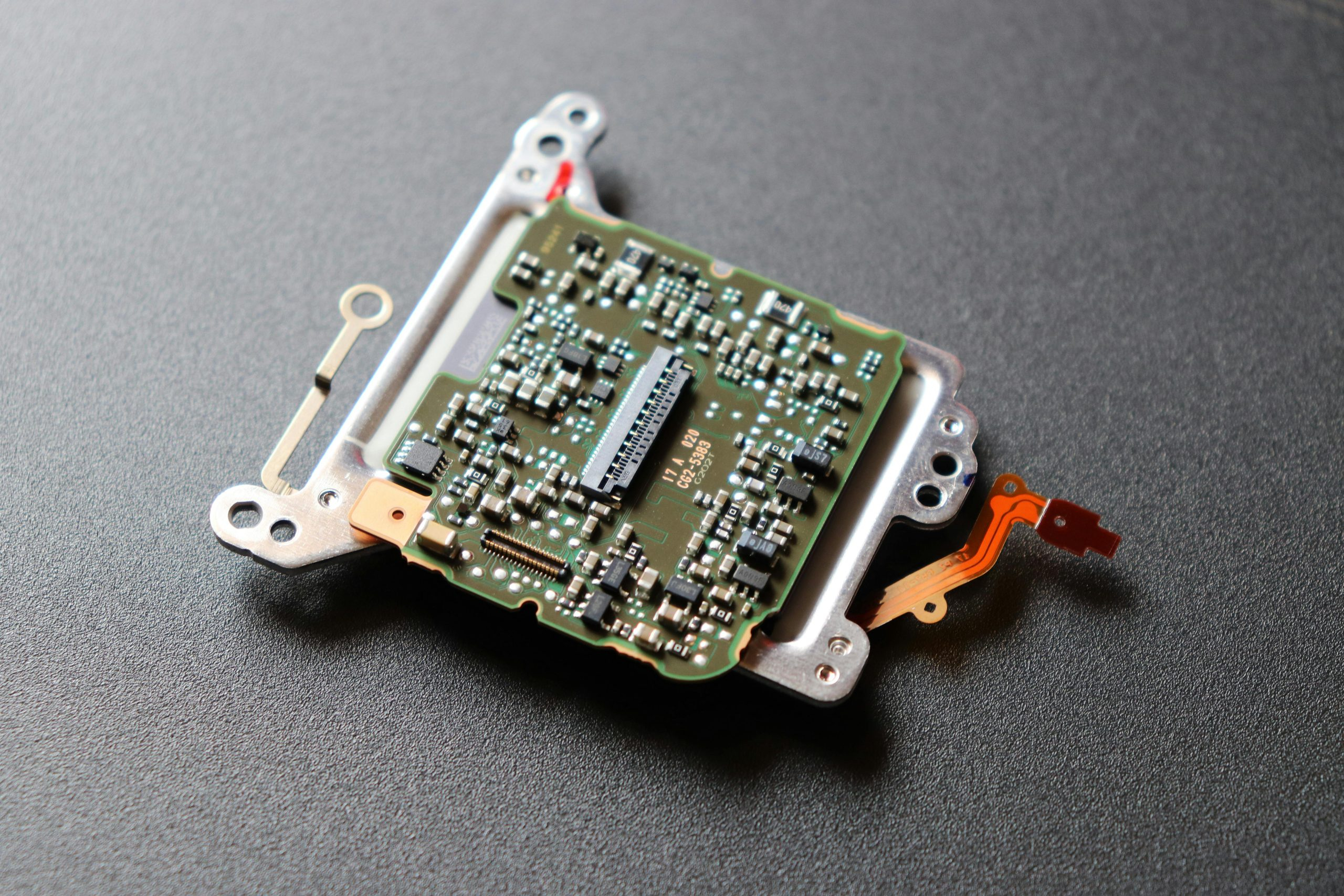Decoding Technical Specifications: Understanding Gadget Jargon
Welcome to the world of gadgets, where the tiniest of devices hold the power to change our lives. From smartphones and laptops to smartwatches and earbuds, gadgets have become an integral part of our daily routine. With new gadgets being released every day, understanding their technical specifications can feel like decoding a foreign language. But fear not, in this article, we will decode the technical specifications of gadgets and help you understand the jargon that comes with it.
What are technical specifications?
Technical specifications refer to the specific details and capabilities of a device or product. These details provide information about a gadget’s performance, features, and hardware components. For instance, a smartphone’s technical specifications might include its processor type, RAM size, camera resolution, and screen size. These specifications help you determine a gadget’s capabilities and compare it with other devices in the market.
Why is it important to understand technical specifications?
Understanding technical specifications is crucial when purchasing a new gadget. It helps you make an informed decision based on your needs and requirements. Technical specifications also determine a gadget’s performance, which can greatly impact your overall experience with the device. Knowing the technical specifications can also help you troubleshoot any issues or limitations with the gadget.
Decoding the jargon
Processor
The processor is the brain of the device and determines its speed and performance. It is often measured in GHz (gigahertz). The higher the GHz, the faster the device can process information.
RAM
RAM (Random Access Memory) is the temporary memory of a device. It stores data that is currently being used by the device, allowing for smooth multitasking. A higher RAM size means the device can handle more tasks simultaneously without slowing down.
Storage
Storage refers to the amount of space available to store data, such as apps, photos, and videos. It is usually measured in GB (gigabytes). For example, a 64GB smartphone can store more data than a 32GB one.
Battery
The battery capacity determines how long a device can last on a single charge. It is measured in mAh (milliampere-hour), with a higher mAh providing longer battery life.
Screen size and resolution
The screen size refers to the diagonal length of a device’s display, usually measured in inches. The screen resolution, on the other hand, refers to the number of pixels on the screen. A higher resolution means a sharper and more detailed display.
Camera
The camera specification includes the resolution and lens type of the camera. The higher the resolution, the better the camera’s image quality. A dual-camera or triple-camera setup provides more versatility in capturing different types of shots.
Connectivity
Connectivity options include Wi-Fi, Bluetooth, and cellular networks. Wi-Fi and Bluetooth are used for wireless connections, while cellular networks allow for internet access on the go.
Additional features
Gadgets also come with additional features, such as fingerprint scanners, facial recognition, and water resistance. These features can add convenience and enhance the gadget’s overall functionality.
Reading the fine print
When looking at technical specifications, it’s essential to also look at the fine print. Some specifications might sound impressive on paper but may not translate into real-world performance. For example, a smartphone with a high-resolution camera might have a poor camera lens, resulting in mediocre image quality. It’s always best to read reviews and user experiences to get a better understanding of a device’s overall performance.
Conclusion
Decoding technical specifications is crucial when purchasing a new gadget. It helps you understand the capabilities and limitations of a device, allowing you to make an informed decision. By understanding the jargon that comes with technical specifications, you can find the perfect gadget that meets your needs and requirements.











